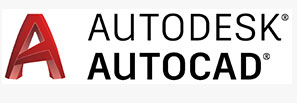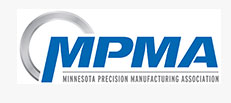A sort of manufacturing procedure called metal stamping shapes a flat metal sheet into a desired shape. It is a very complicated process that uses a variety of metal forming processes, including punching, bending, blanking, and piercing, to mention a few. In the United States, there are literally thousands of distinct metal stamping businesses. For the aerospace, medical, automotive, and other industrial uses, these businesses offer stamping services.
There is a high need for huge quantities of efficiently made complex metal parts as we witness the growth and evolution of the worldwide markets. The metal stamping technique offers a quick and affordable answer for the global demand for large-scale production stamping. When looking for specialized metal stamped components, a producer often looks for three key characteristics: cheap cost, quick turnaround, and high quality or durability.
There are three main categories of metal stamping processes. They are progressive, fourslide, and deep draw. For instance, a progressive die stamping process would contain various stations, each of which would perform a different task. Strip metal is first fed into a progressive stamping press to start the operation. From a coil, the strip will unwind uniformly before entering the die press. After then, each station will execute a unique punch, bend, or cut. Up until it becomes a finished part, the work will be added to at each succeeding step. Progressive die stamping has the benefits of cheaper labor costs, shorter run times, quicker turnaround, and improved repeatability.
A fourslide, also known as a multi-slide, consists of four separate slides that are horizontally aligned. In essence, this kind of technique simultaneously shapes the metal with 4 separate tools. For complicated cuts and complex bends, this method is ideal. There are numerous benefits to using this kind of stamping, including more design flexibility and adaptability for parts with greater complexity.
A punch used in deep draw stamping draws a metal sheet blank into a die. After that, it gives it a shape. This specific style of stamping is ideal for making components that need to be made in multiple series of diameters. It is a more affordable option than a turning procedure. Typically, a turning procedure will require additional materials. Cookware and kitchenware, electronic relays, aircraft parts, and automobile components are all frequently made with this kind of stamping.
Look for a stamping business with plenty of experience when selecting one. Experienced businesses will assist you in reducing turnaround time and expenses.





